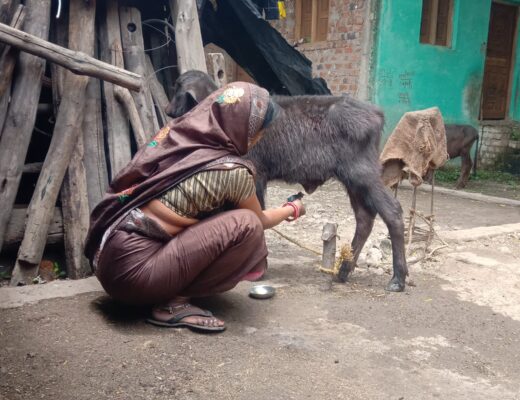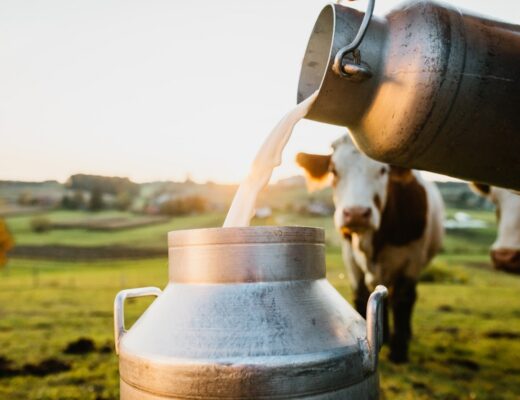Climate change poses a significant threat to agriculture, affecting not only crops but also livestock, which forms an integral part of India’s agricultural landscape. The impact of climate change on livestock can alter productivity, health, and the overall economic stability of farmers who depend on them.
The Impact of Rising Temperatures
India, characterized by its diverse climate zones, is witnessing rising temperatures and irregular monsoon patterns. These changes are particularly challenging for livestock management. High temperatures can lead to heat stress in animals such as cattle, goats, and poultry, which reduces their productivity in terms of milk yield, meat production, and reproduction rates.
For instance, a study published by the Indian Council of Agricultural Research indicated a decline in milk yield by 3 to 5 liters per day in crossbred cows due to heat stress. Additionally, the reproductive efficiency of livestock decreases, with increased calving intervals and reduced fertility rates.
Water Scarcity and Its Effects
Water scarcity is another significant impact of climate change affecting livestock. Animals require a substantial amount of water not only for drinking but also for cooling. In many parts of India, water sources are becoming increasingly scarce, particularly during the summer months, which can lead to severe dehydration in livestock, further exacerbating the stress caused by high temperatures.
The Threat of Disease
Climate change also influences the prevalence and spread of various livestock diseases. Warmer temperatures and increased humidity are conducive environments for parasites and pathogens. Diseases like foot and mouth disease, bluetongue, and theileriosis are becoming more common and are spreading to new regions, posing additional challenges for livestock health management.
Economic Implications
The economic implications of these changes are profound. According to a report by the National Bank for Agriculture and Rural Development (NABARD), the livestock sector contributes about 4.11% to India’s GDP and 25.6% to the total agriculture GDP. Any impact on livestock due to climate change can, therefore, have ripple effects on the country’s economy, affecting the livelihoods of millions of farmers.
Adaptive Measures and Future Strategies
To mitigate the impacts of climate change on livestock, several adaptive measures are necessary
Improving Livestock Breeds- Developing and promoting heat-tolerant livestock breeds can help in maintaining productivity under stressful conditions.
Enhanced Management Practices- Implementing better management practices such as modified feeding schedules, improved water resources, and adequate housing to protect animals from extreme weather.
Healthcare and Disease Prevention- Strengthening veterinary healthcare services to manage the increased risk of diseases and focusing on preventive measures.
Conclusion
The effects of climate change on livestock in India highlight the urgent need for comprehensive strategies to adapt and mitigate these impacts. Ensuring the sustainability of this sector is crucial not only for the economy but also for the food security and livelihood of millions of people across the country. Enhanced research, policy support, and investment in sustainable practices are essential to safeguard the future of livestock in India against the backdrop of an ever-changing climate.




